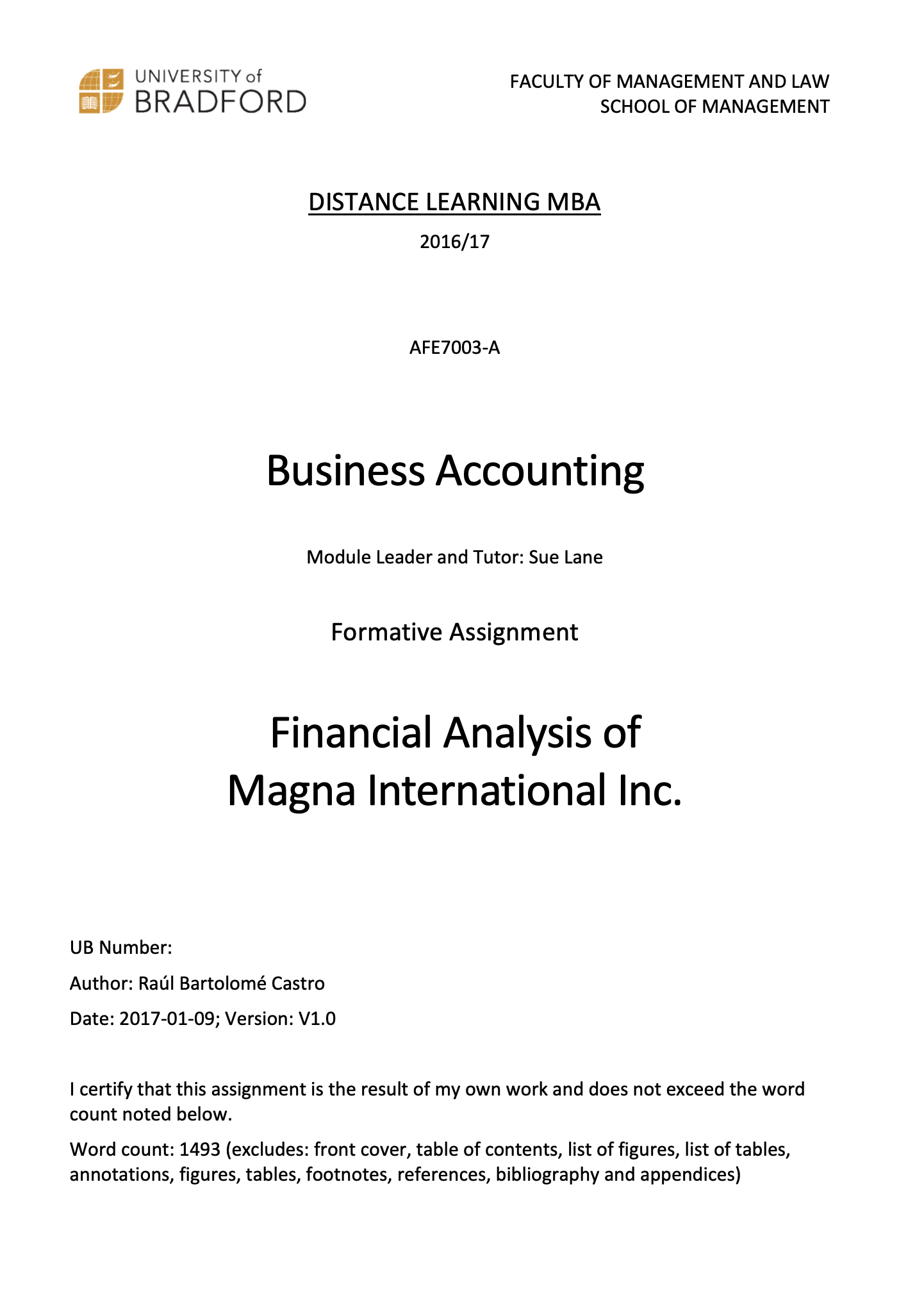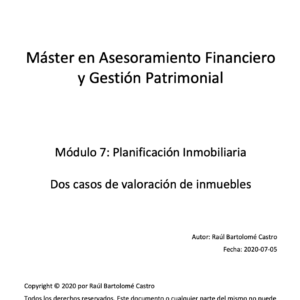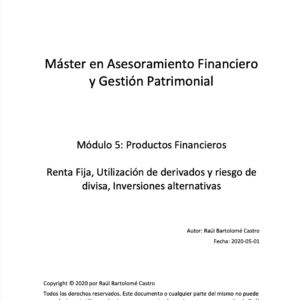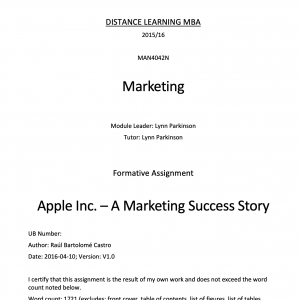This report analyses the financial strength and weakness from Magna International Inc. (Magna) compared with the industry and some of its competitors. This report is based on financial information from Magna, Continental and Denso. Bosch is excluded because it is not a public company.
Magna’s financial performance is excellent, the highest in the industry, reflected by a solid return on capital employed (ROCE) growth of 56.9% in last five years. The performance is founded in an outstanding asset utilization ratio (AUR) 27% higher than the industry average, however presents a deterioration of 25.7% since last year that might be due to over-capacity or equipment obsolescence.
Gross profit margin has a positive trend of 22.3% in recent years, but goes behind the industry average and competitors. This is a reflect of high cost of sales therefore more aggressive purchasing strategy would improve the performance. A portfolio with higher value added products would be effective too.
Historically Magna presents the best working capital cycle (WCC) bringing cash flow advantage, however in 2015 the industry converged to similar average of 33.1 days. The deterioration is caused by an increase of 10.1% in receivables collection period in 2015, maybe because some customers are having additional credit. Magna can improve WCC extending the payables payment period like the rest of the industry.
Liquidity is well managed in Magna, holds a steady current ratio[1] of 1.5-1.6 and improved quick ratio[2] by 10.3% in five years. In short, the company knows how to balance between a safety margin of cash to cover debts and no excessive cash that can be used for operations.
Long term solvency is solid, financial gearing[3] is around industry average but presents a small deterioration of 8.7% in last five years. Interest cover set Magna in a conformable position, but presents a worrying deterioration of 28.6% since 2011 due to fast growing interest payable.
Stock market does not reflect the financial strength of the company. Even though Magna presents steady positive earnings per share (EPS) of 133% in five years and outstanding ROCE, price/earnings (P/E) dropped 25.7% since 2014. It might reflect a lack of confidence in the future of the frim. Repurchasing shares would help to improve EPS and P/E.
Dividend ratios will not motivate investors to bet for Magna, dividend yield declined 66.5% in las five years and dividend payout ratio fell 48.4% last year. Increasing dividends would help to improve these ratios, however management might grant higher priority to other more strategic activities.
The download includes the complete assignment in pdf.
€1,99




Reviews
There are no reviews yet.